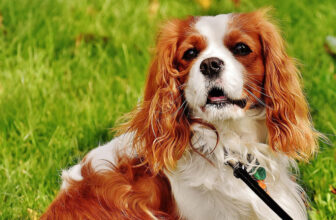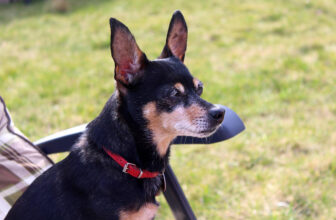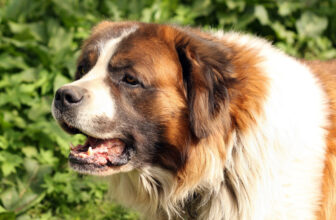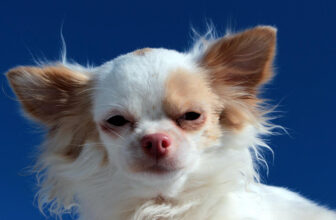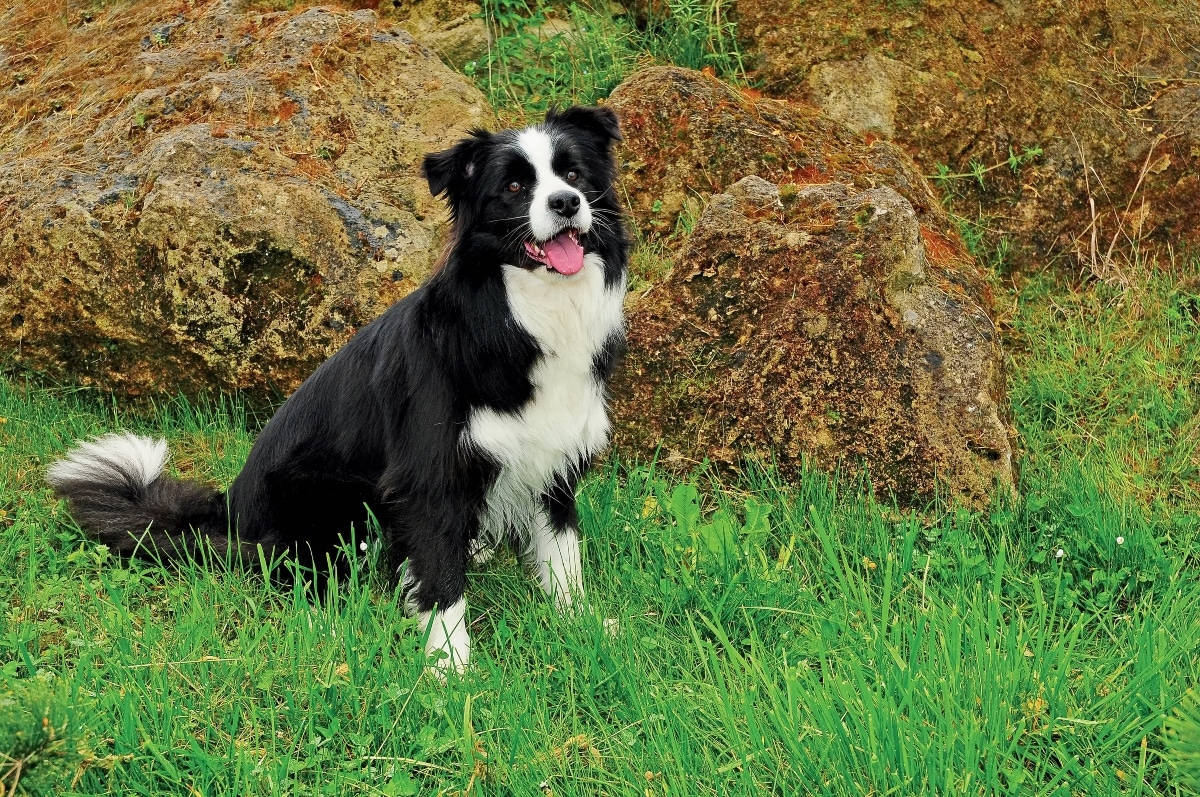
Check out our latest products
Shutterstock
Some dogs treat digging like a full-time hobby, driven by instinct, boredom, or simple joy. For those with a yard, this can mean unexpected holes in the lawn, flowerbeds transformed into paw-printed messes, and a few lost garden gnomes. Digging is natural for many breeds, especially those originally bred to hunt or burrow. It offers stimulation, a way to cool off, or just plain entertainment. While it may challenge your landscaping, their enthusiasm is part of their charm, making every backyard a little more exciting and a lot more loved.
Dachshund

Shutterstock
Dachshunds were created to burrow after underground prey, so digging is in their DNA. They’ll hunt for moles, voles, and critters with fervor, leaving trails of tunnels in your yard. Their short, sturdy legs belie their determination: once a scent hits, they dig until they reach air. Training can redirect them, but their instinct to dig runs deep. Consider raised beds or digging boxes to channel their energy productively.
Jack Russell Terrier

Shutterstock
Jack Russells are energetic terriers bred to chase foxes and rodents underground. They dig fast, hard, and with single-minded intensity until they feel victory or collapse from exhaustion. Their drive to hunt makes the yard their personal excavation site. Training helps, but outlets for chase and dig are crucial to preserving your lawn. Without them, your garden may end up looking like a mini quarry.
Beagle

Shutterstock
Beagles have a scent drive that triggers relentless digging in search of prey smells. Their low center of gravity helps them maneuver under fences or landscaping mulch with ease. Digging for rabbits or hidden scents can become a daily habit. Engaging them with scent-based games and ample exercise reduces the urge to dig. Otherwise, prepare for strategic landscaping damage.
Siberian Husky

Shutterstock
Siberian Huskies dig to stay cool; they’ll create dirt holes to lie in on hot days. Their thick coats and escape-artist nature also drive them to dig under fences. Cooling holes can be a yard hazard, but ingenious for your Husky’s comfort. Providing a sandbox or shaded area helps protect your yard and keep them safe. With proper outlets, Huskies can dig smarter, not harder.
Alaskan Malamute
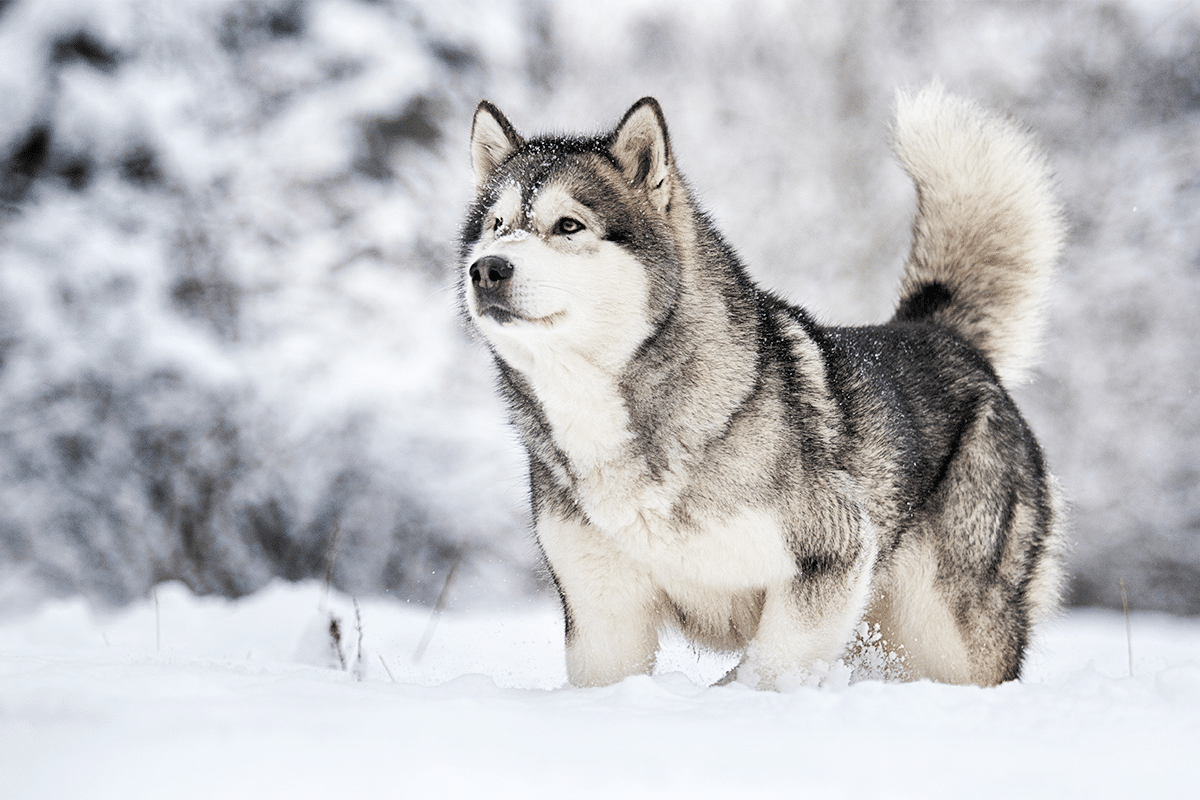
Shutterstock
Alaskan Malamutes were bred for cold climates, and their digging behavior is instinctual. They often create shallow pits in the yard to lie in and stay cool during warmer months. These strong, independent dogs also dig to create dens, echoing their wild ancestry. Without enough exercise and stimulation, they may expand their digging into a full landscaping project. Structured play and designated digging spots can help keep the rest of your yard intact.
Cairn Terrier
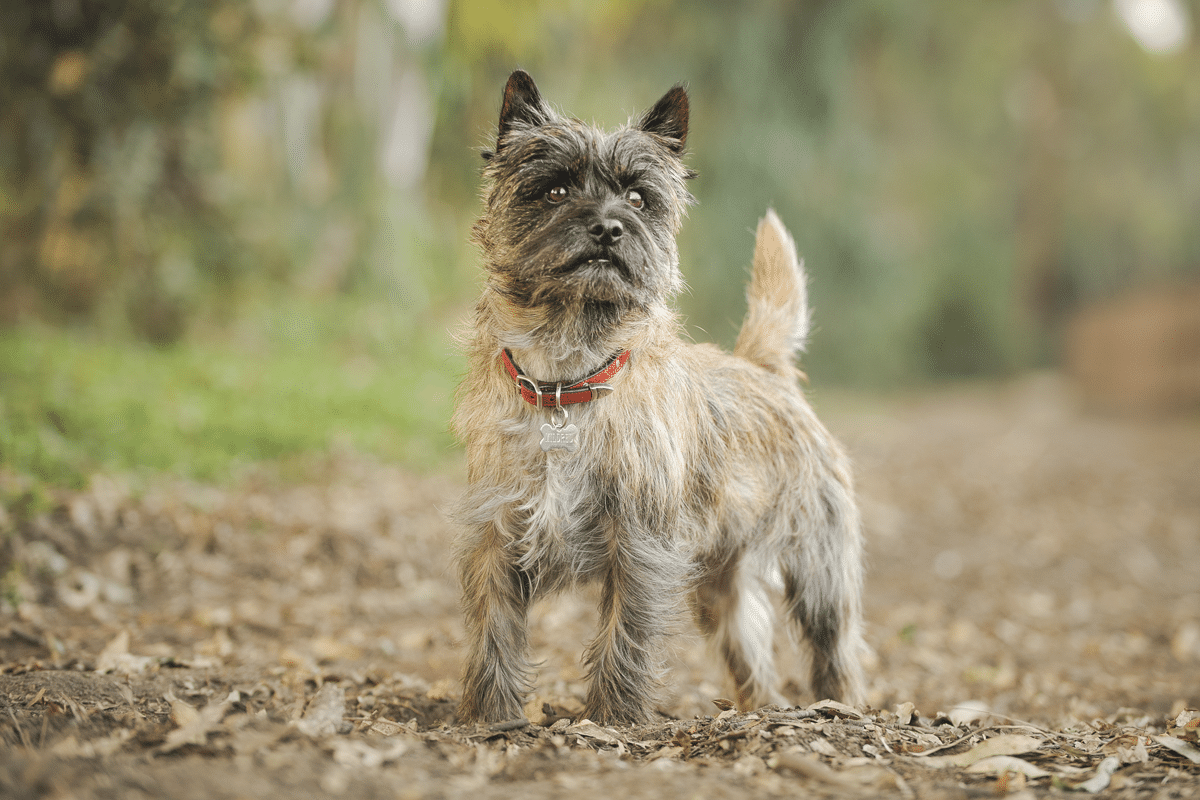
Shutterstock
Cairn Terriers are compact but mighty when it comes to digging. Originally bred to hunt burrowing animals, they instinctively tear through soil searching for scents. This breed is persistent, fast, and surprisingly strong for its size. Without daily outlets for their energy, they’ll turn your garden into a treasure hunt zone. Providing tunnels, toys, and training helps satisfy their digging drive without yard destruction.
Australian Shepherd

Shutterstock
Australian Shepherds dig out of boredom or to hide treasures such as rocks, toys, or even socks. Smart and active, they need mental engagement to resist spontaneous excavations. Digging pits become toy storage zones unless redirected. Puzzle toys, adventurous walks, or supervised digging zones help curb the impulse. Without these outlets, even the tidiest yard may get messy.
Weimaraner

Shutterstock
Weimaraners hate confinement and often dig out of frustration or to cool themselves. They’ll dig trenches near fences or bury toys and treats underground. This breed needs extensive exercise and mental stimulation to minimize digging. Offering shade, digging boxes, and training helps prevent landscape destruction. Otherwise, expect tunnels and hidden cache zones.
Border Collie

Shutterstock
Border Collies are highly intelligent and energetic, and digging becomes a game when they’re bored. They might create patterns, designs, or target spots in search of buried treasure. Mental stimulation reduces the urge, but energy levels must be addressed daily. Without them, they’ll keep excavating until tired or bored. Guide their sharp minds toward smarter games.
Airedale Terrier

Shutterstock
Airedales, like many larger terriers, dig with gusto and pride. They’ll excavate holes for escape routes or just for fun. Training helps, but won’t eliminate their natural urge. They need outlets like digging pits and sturdy fencing to protect yard boundaries. Without them, they’ll carve entire landscapes into their own design.
Belgian Malinois
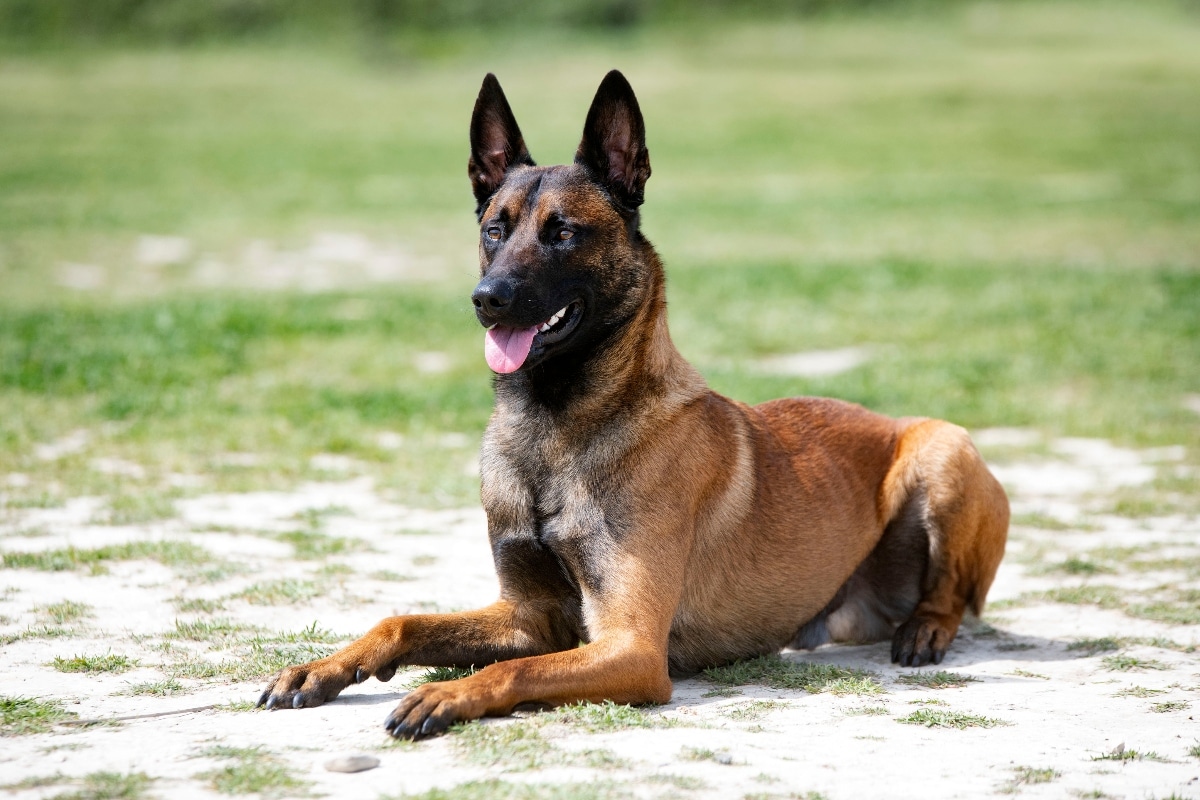
Shutterstock
Belgian Malinois are smart working dogs who dig when left down by a lack of exercise or attention. Their digging emerges from boredom or stress, often right in view of their family. Daily exercise and mental challenges help redirect that energy. Otherwise, they keep repairing holes until you notice and patch again. A consistent routine is key to maintaining both the dog and the yard.
Vizsla
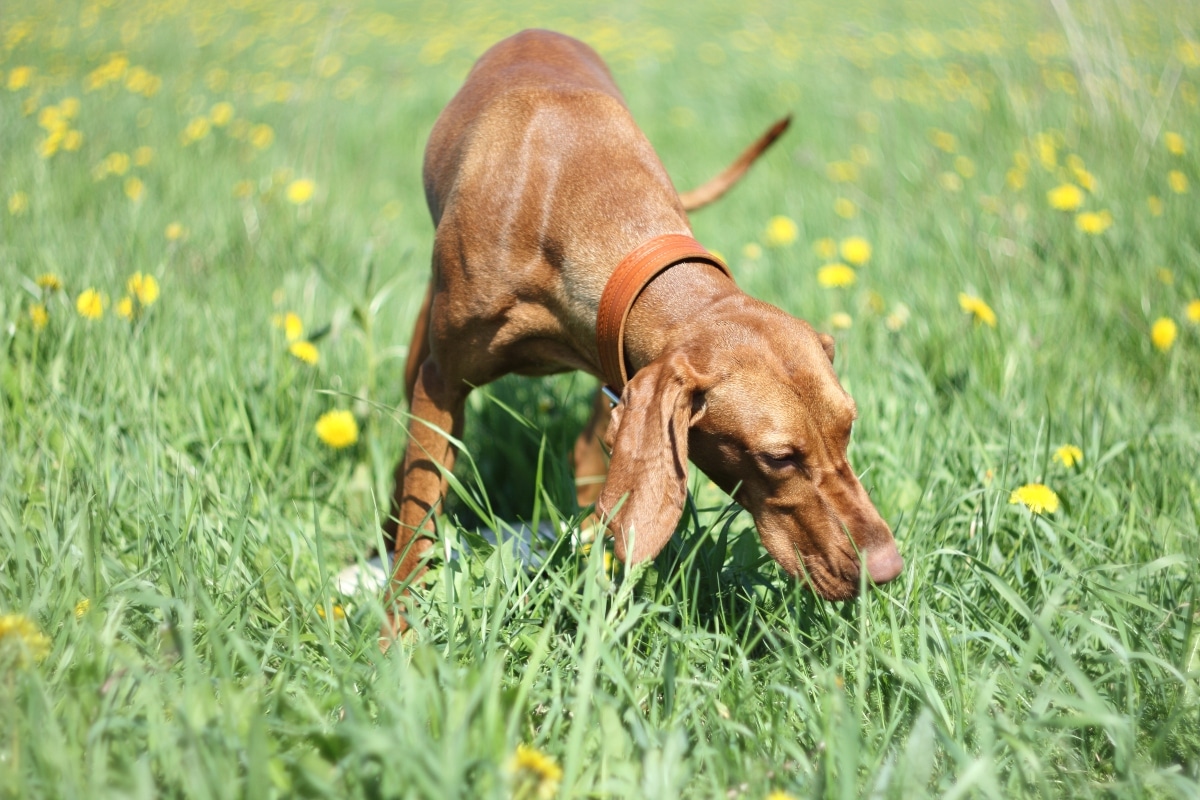
Shutterstock
Vizslas dig to cool off, bury items, or simply because they love the feeling of digging. They’re active, athletic dogs who stay occupied with physical and mental challenges. Without them, yard holes multiply, especially near shady or soft spots. A digging zone in the yard helps preserve the rest. Otherwise, your garden beds may resemble excavations.
Staffordshire Bull Terrier

Shutterstock
Staffordshire Bull Terriers are muscular and persistent diggers, often going after scents or creating cozy holes. Their strong jaws and determination mean they get far beneath the surface. Training and a designated area for digging help limit yard disruption. Without it, they’ll create dens wherever they please. But give them a purposeful spot, and they’ll be respectful.
Dog-Earth Incorporated

Shutterstock
These breeds are digging machines wrapped in wagging tails and loyal hearts. They bring energy, affection, and an unstoppable drive to explore beneath the surface. Sure, your neatly trimmed lawn might become more “textured,” and your flowerbeds may need reinforcement, but the trade-off is worth it. With a bit of creativity, like digging zones, raised beds, or hardy plants, your yard can transform into a shared adventure space. These dogs give you more than just holes. They offer a love that runs just as deep as the dirt they fling.







![[5G & 2.4G] 2K Indoor Security Camera for Home Security, AI Voice Change for 2-Way Talk, Motion Detection, Night Vision, 24/7 SD Recording/Cloud Storage, WiFi Home Camera, Pet Cam with Phone App](https://i3.wp.com/m.media-amazon.com/images/I/61I2U+sTT3L._AC_SL1500_.jpg?w=300&resize=300,300&ssl=1)



